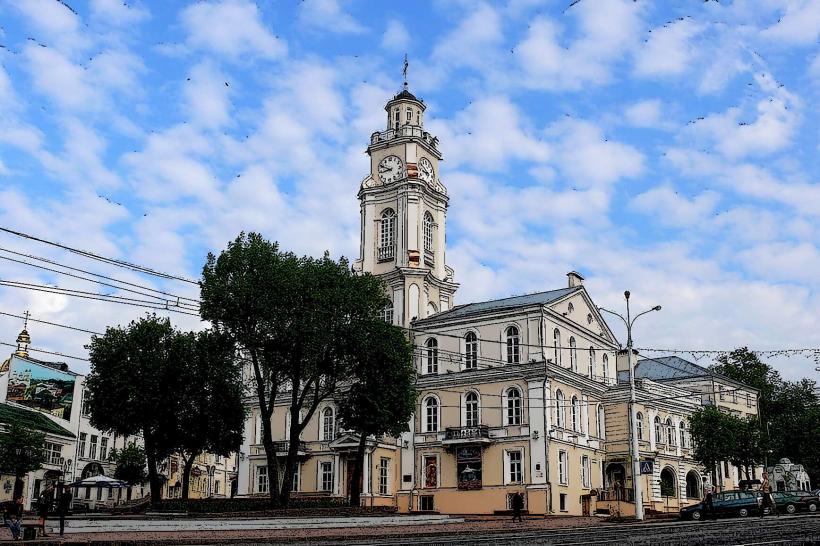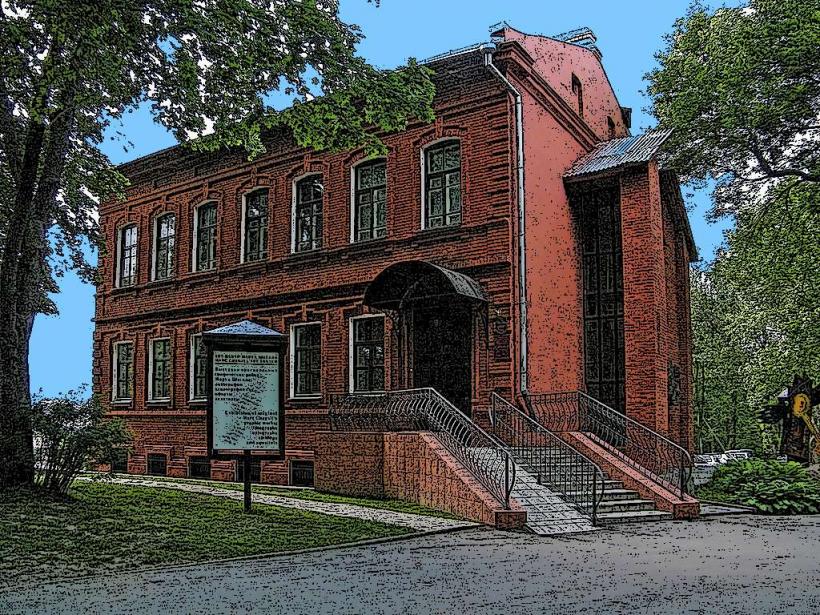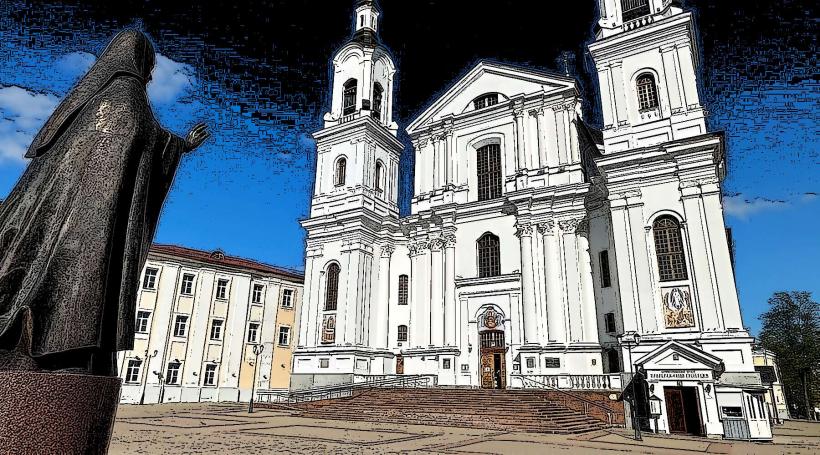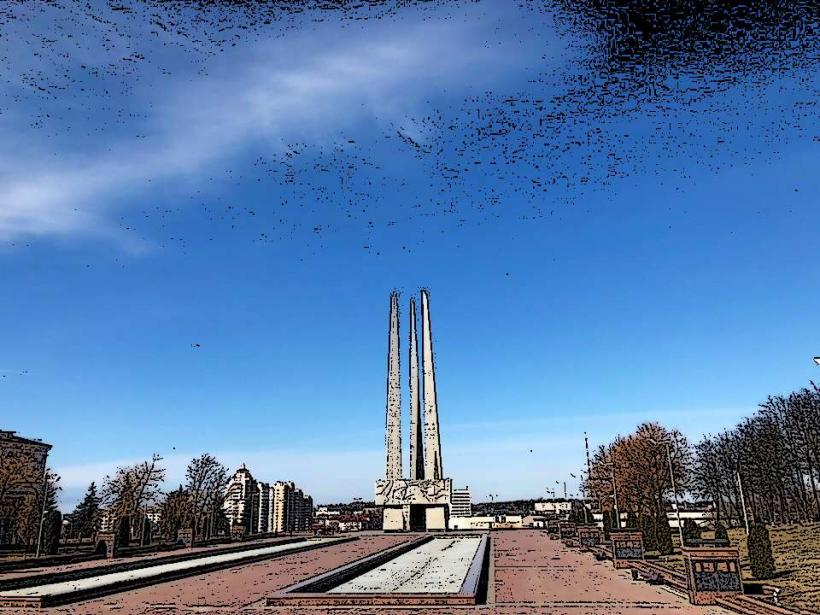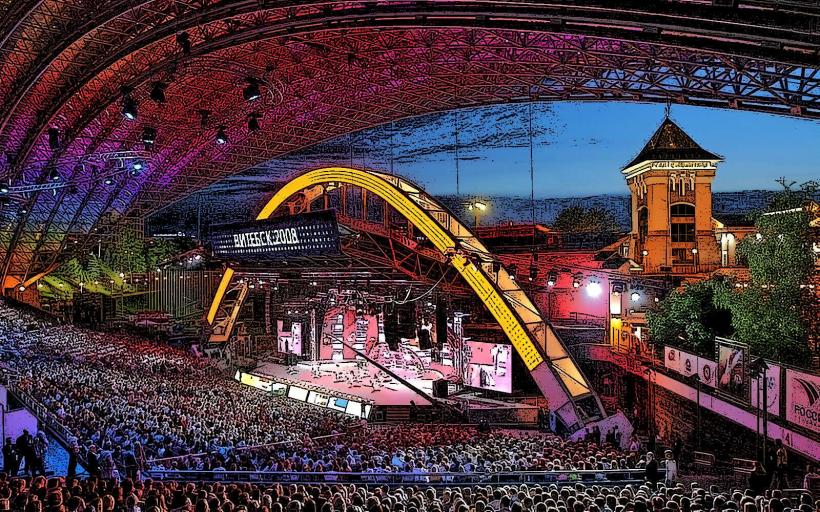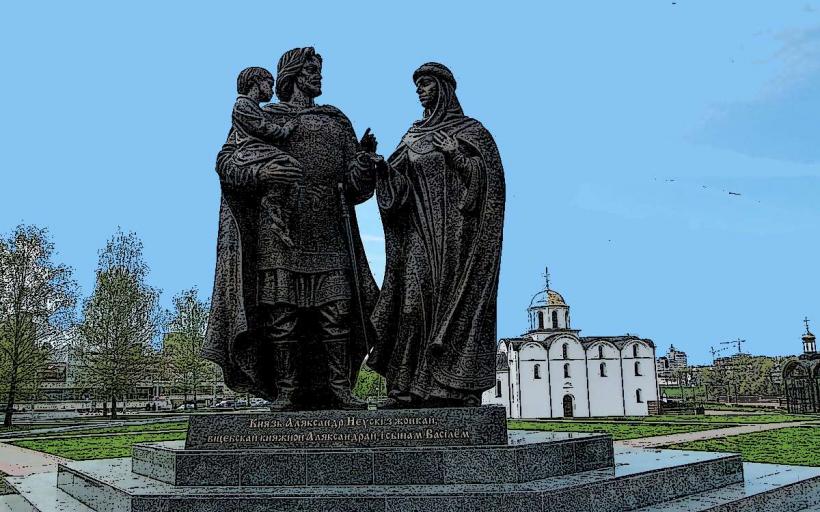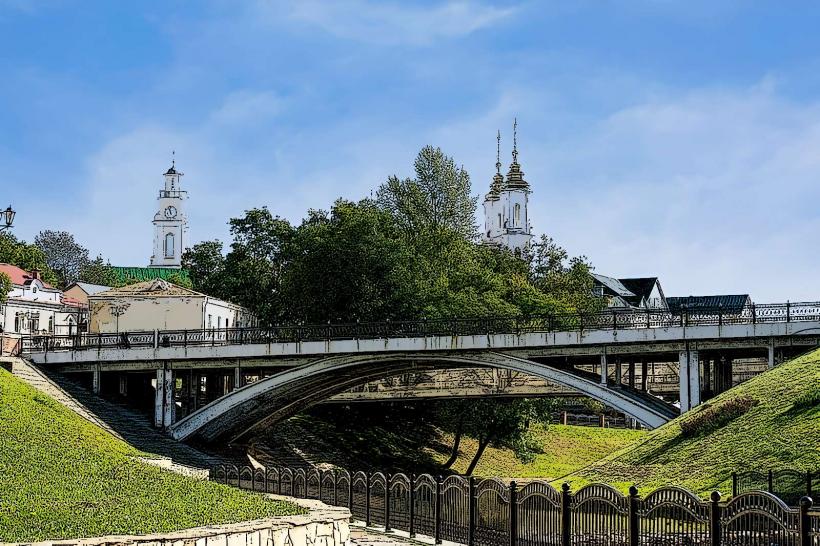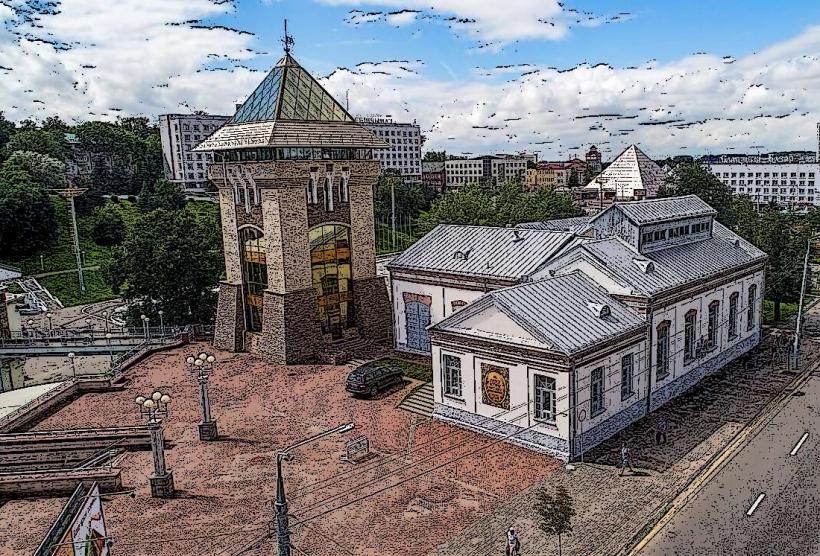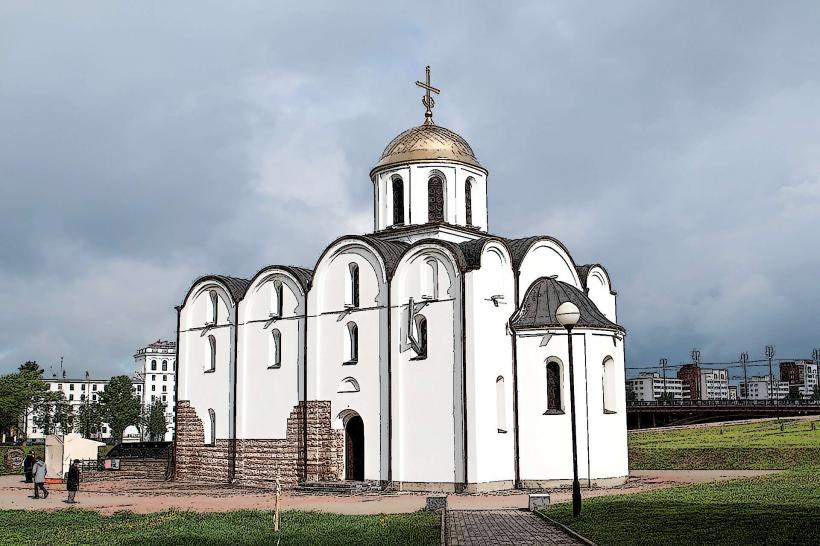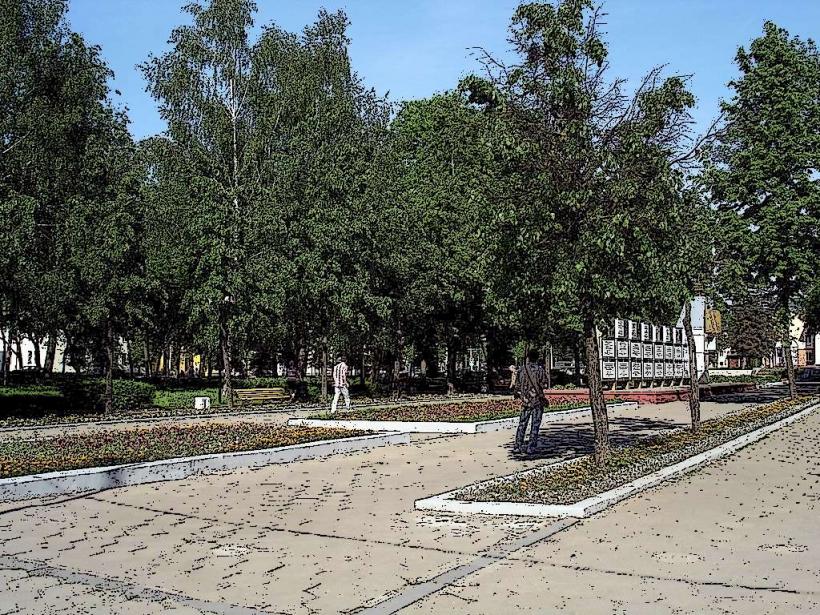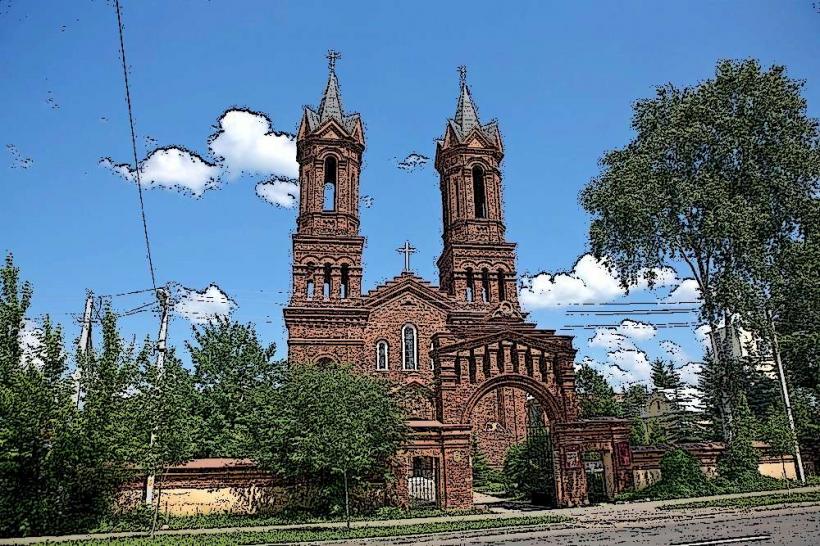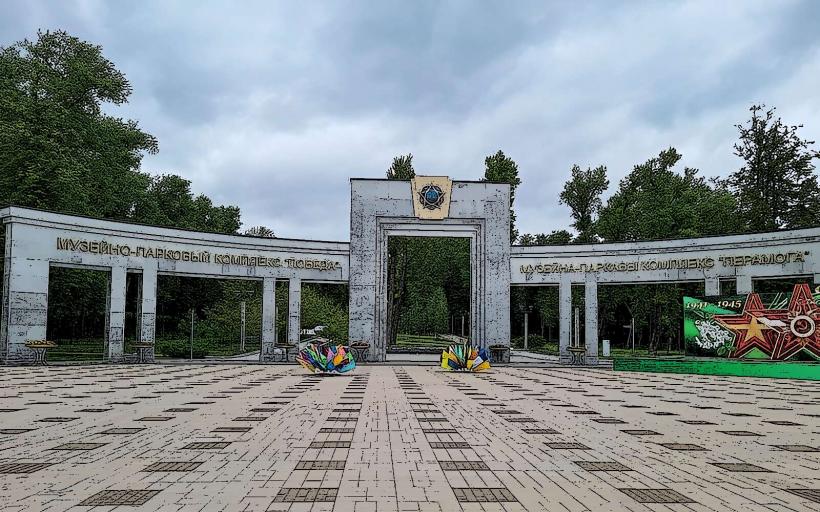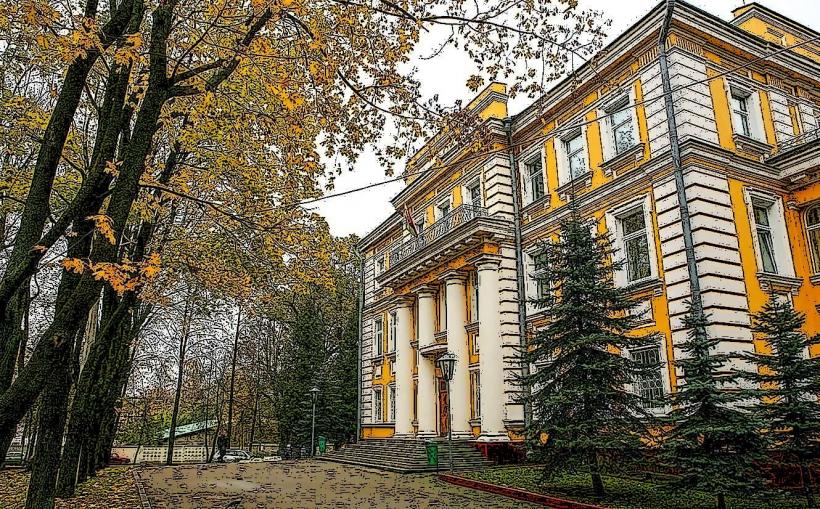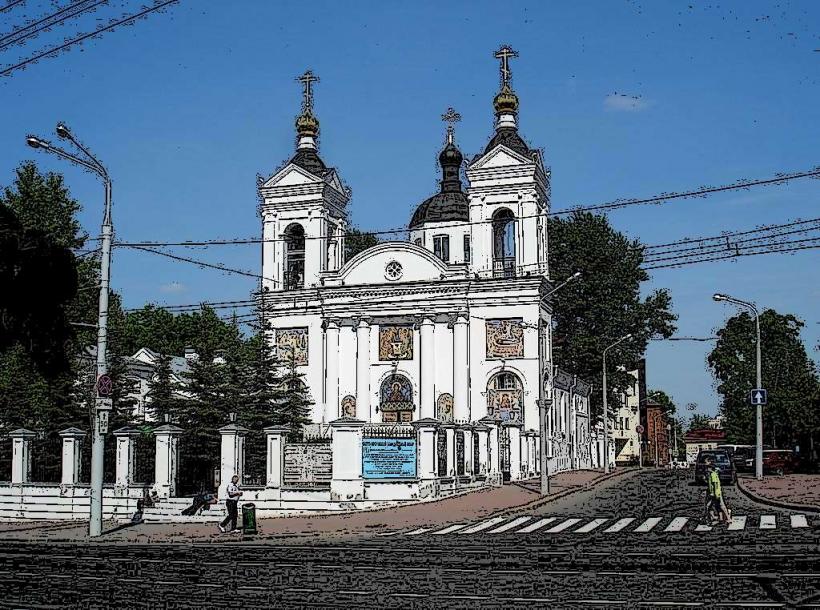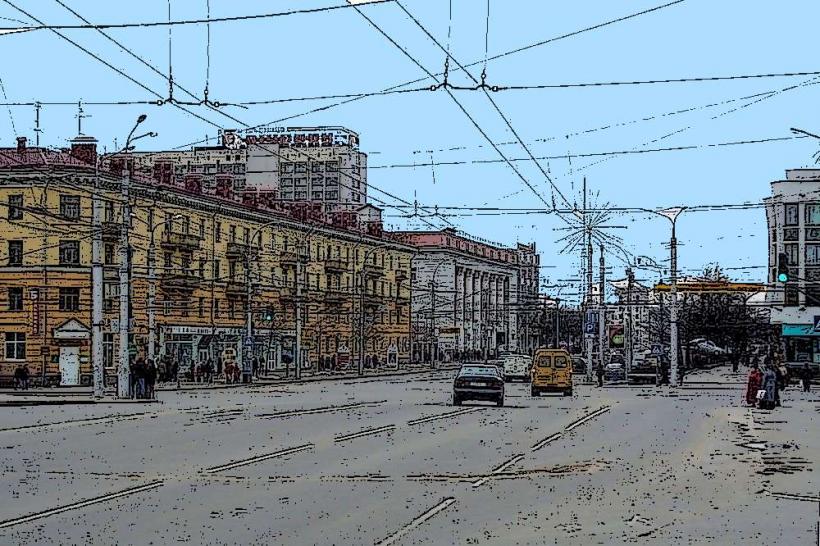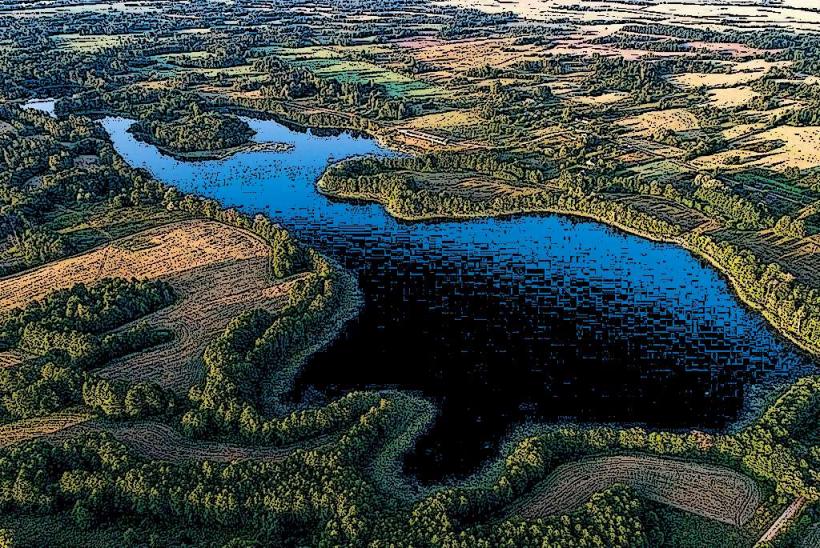Information
Landmark: Vitebsk Regional MuseumCity: Vitebsk
Country: Belarus
Continent: Europe
The Vitebsk Regional Museum (Vitebsky Oblastnoy Krayevedchesky Muzey) is a key cultural and historical institution in Vitebsk, Belarus. It serves as a comprehensive repository of the region's rich history, culture, and heritage, offering visitors a detailed look into the historical and cultural developments of the Vitebsk region. The museum houses a variety of exhibits spanning different periods, from prehistoric times to the modern era, and covers topics related to art, archaeology, ethnography, and local history.
Historical Background
The Vitebsk Regional Museum was founded in 1918, making it one of the oldest museums in Belarus. It was established to preserve and showcase the cultural and historical heritage of the Vitebsk region, which has a rich history influenced by various cultures and political entities, including the Grand Duchy of Lithuania, the Russian Empire, and the Soviet Union. The museum has undergone multiple renovations and expansions over the years, evolving into a significant institution for preserving the cultural legacy of the region.
Museum Building
The museum is housed in a historical building that itself is part of the cultural heritage of Vitebsk. The architectural style of the museum building reflects the early 20th-century period, with classical elements and functional design suited to its role as a museum. Over time, the building has been renovated and updated to accommodate modern museum needs while maintaining its historical character.
Exhibitions and Collections
The museum’s diverse collection includes items from various historical, artistic, and cultural categories. Some of the main exhibition themes include:
Archaeology:
- The museum’s archaeological exhibits showcase findings from excavations in the Vitebsk region. These include prehistoric tools, pottery, jewelry, and other artifacts from ancient civilizations that once inhabited the area. The region has a long history of human settlement, and these artifacts help tell the story of the people who lived in Vitebsk from prehistoric times through the Middle Ages.
- Special attention is given to the artifacts from the Slavic, Viking, and medieval periods, including ancient coins and weapons.
Ethnography:
- The museum’s ethnographic section focuses on the traditional culture of the people of Vitebsk and the surrounding region. It includes exhibits on folk costumes, textiles, household items, agricultural tools, and religious artifacts that reflect the daily life and customs of past generations.
- The folk art collection includes examples of woodworking, pottery, and textiles, which highlight the region’s folk traditions and craftsmanship.
Art and Fine Arts:
- The museum boasts a significant collection of visual art, particularly works by local artists. Vitebsk is famously associated with the avant-garde movement, and the museum has notable works by Marc Chagall, one of the most famous artists to come from Vitebsk. His paintings, sketches, and other works are featured as part of the museum’s effort to preserve the legacy of this celebrated artist.
- The museum also houses works by other local artists, especially those associated with the Vitebsk art school, and includes a wide range of paintings, sculptures, and graphic works that explore the history and development of art in the region.
Local History and Social Development:
- The museum’s historical exhibits provide an in-depth look at the history of Vitebsk and the surrounding region, covering key events such as the development of the city, its role in trade, and its various political shifts. Exhibits cover the medieval period, Imperial Russia, and Soviet history, illustrating the evolution of the region through its most significant events.
- Specific attention is paid to the impact of World War II on the region, as well as the role of partisans and the local population in resisting the Nazi occupation.
Natural History:
- The museum includes exhibits on the natural history of the region, focusing on the diverse flora and fauna of the Vitebsk region. These displays highlight the unique ecosystems of Belarus, including the local wildlife, plants, and geological features.
- Some exhibits also discuss the region’s rivers, forests, and wetlands, as well as their importance to the local economy and culture.
Temporary Exhibitions:
- In addition to its permanent exhibits, the museum hosts temporary exhibitions on a wide variety of topics. These exhibitions may focus on specific periods of history, notable events, or the work of particular artists. The museum often collaborates with other institutions to bring in traveling exhibitions, offering visitors a dynamic and ever-changing experience.
Educational and Cultural Role
The Vitebsk Regional Museum plays an important educational role by offering programs, lectures, workshops, and guided tours that enhance the understanding of the exhibits. The museum is not just a place for displaying artifacts, but also a center for education and cultural exchange.
Educational Programs:
- The museum offers educational programs for students, teachers, and the general public. These programs help visitors engage with the exhibits on a deeper level and often include hands-on activities, lectures, and interactive tours.
- The museum organizes school visits and programs designed for children, helping to introduce younger generations to the region’s history and cultural heritage.
Cultural Events:
- The Vitebsk Regional Museum regularly hosts cultural events such as art exhibitions, concerts, and film screenings. These events are aimed at fostering a deeper understanding of the cultural and artistic traditions of Vitebsk and Belarus.
- The museum is also a venue for various academic conferences, workshops, and seminars, where scholars and researchers can present their findings on local history, archaeology, and art.
Community Engagement:
- The museum engages with the local community through its outreach programs, which include exhibitions that reflect the history and culture of modern Vitebsk. It also promotes local artists and craftsmen through special exhibitions and events, helping to preserve and share the region’s living traditions.
- The museum plays a central role in maintaining the city’s cultural identity and helps foster a sense of pride and connection among Vitebsk’s residents.
Visiting the Museum
The Vitebsk Regional Museum is open to the public and offers a variety of ways for visitors to engage with its collection.
- Location: The museum is centrally located in Vitebsk, making it easily accessible to tourists and locals alike.
- Opening Hours: The museum generally operates during regular hours, with extended hours for special events or exhibitions. It is recommended to check the museum’s website or inquire locally for specific times.
- Admission: Entrance fees are typically charged, with discounts available for students, children, and seniors. Special events or temporary exhibitions may have different ticket prices.
- Guided Tours: The museum offers guided tours in Russian and Belarusian, and sometimes in English. These tours provide in-depth explanations of the exhibits and are available upon request.
Conclusion
The Vitebsk Regional Museum is a key institution in the cultural and historical life of Vitebsk. With its extensive collection of artifacts, artwork, and historical documents, it provides a fascinating look into the region’s rich heritage. Whether you are interested in ancient history, local art, or the history of Vitebsk, the museum offers a valuable resource for understanding the past and present of this culturally rich region of Belarus. Its role as an educational hub and cultural center makes it an essential stop for anyone interested in exploring Vitebsk’s vibrant history and heritage.

